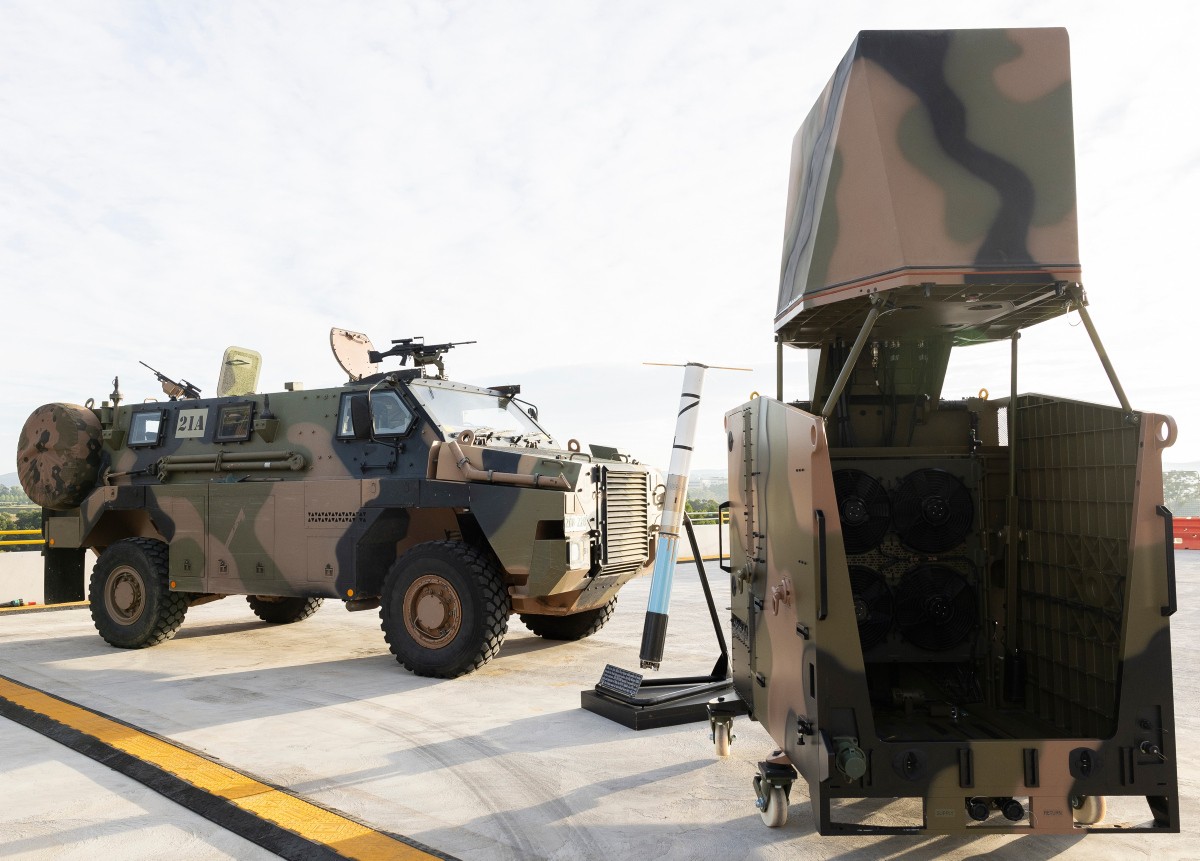Book Review - The Australian Army from Whitlam to Howard
The Australian Army from Whitlam to Howard
Written by: John Blaxland,
Cambridge University Press, 2013,
ISBN 9781107043657, 434pp
Reviewed by: Bob Lowry
As the title neatly encapsulates, the Army is an instrument of politics and this book concerns the use of the Australian Army during the period embraced by these two political leaders. As Blaxland clearly articulates, armies do not exist in isolation; they are a microcosm of their own societies and operate within their own and other societies in conjunction with other forces — friendly, hostile, and vacillating under conditions at home and abroad that demand constant adaptation and change.
Blaxland describes the way the Australian Army adapted from the end of ‘forward defence’ to ‘continental defence’ post-Vietnam to a hybrid version of these two concepts in the Howard era to meet economic and political imperatives. However, this book is not about defence policy or grand strategy. It is not concerned with whether forces should have been committed to Afghanistan or Iraq or elsewhere except in so far as this shaped the nature of the forces deployed and the conditions under which they operated.
The Australian Army from Whitlam to Howard is based on secondary sources, interviews, peer reviews and contributions, and the author’s own experience as an Australian Army officer. Blaxland is a Senior Fellow at the Strategic and Defence Studies Centre at ANU, holds a PhD in War Studies, and is a 28-year Army veteran with service in East Timor, the US, Thailand and elsewhere. Because of its contemporary nature he did not have access to primary sources.
Blaxland deftly outlines how the Army maintained its professionalism during the lean years which saw it shrink to four operationally ready infantry battalions and then gear up to meet the intensifying challenges from 1999 onwards. He also captures the dedication and courage demonstrated by those committed to operations without descending into chauvinism.
He ascribes the Army’s success to five main factors, the first of these the quality of individual training and the deepening of joint service officer education and training along with a belated capacity to capture and incorporate lessons learned. To these he adds a continuing commitment to collective training and exercises designed to validate doctrine and individual education and training. Other factors include the maintenance of the tribal professional corps and specialisations that are the building blocks of the Army. Ties with allies and regional partners that prevented the Army from becoming inbred during the lean years enhanced its capability and provided invaluable understanding and contacts when the shock of 1999 stretched the Army to its limits. The final factors identified are the Army’s societal roots which provide its volunteers and nurture its families in times of stress.
Howard’s election in 1996 gave the Army no reprieve until Indonesia decided to resolve the East Timor question under UN auspices. When Indonesia permitted foreign forces to assume responsibility for security following the ballot, the Army deployed as the lead element of a 22-nation UN-authorised interim coalition. Although the success of INTERFET validated much of the Army’s doctrine and training and its investment in alliances and regional relations, it also highlighted glaring inadequacies, particularly in command and control and logistic support.
The government subsequently allocated more money to bolster the Army, particularly after 9/11 (2001), while operational commitments to ‘wars of choice’ and regional peacekeeping ushered in a period of intense operations that has only recently abated. These operations also saw a return to classic counterinsurgency doctrine with the emphasis on undermining the legitimacy of the insurgents, winning hearts and minds, and hunting down the insurgent leadership.
Blaxland also points to tensions within the Army resulting from political constraints as the government sought to balance its international obligations with its imperative not to trigger conscription or imperil its electoral prospects due to an unacceptable rate of casualties. This sometimes affected morale and international status when, for example, troops on one occasion could not go to the assistance of British forces in Iraq because of restrictive rules of engagement or advisers in Afghanistan were not permitted to accompany their forces on operations.
Blaxland covers many other debates and the Army’s extensive domestic and overseas operations and commitments in this well-written and comprehensive work. The Australian Army from Whitlam to Howard will be of interest to members and the families of those who have served in the Army in this period, military buffs, and citizens interested in the practicalities of using the Army as an instrument of national policy. It will serve as a valuable basic reference book for years to come.



